Godot for AA/AAA game development - What's missing?
Mircosoft Game Dev
JANUARY 15, 2023
supports advanced global illumination techniques such as lightmapping (including SH lightmapping), Voxel GI (which is fully real-time) and SDFGI (which is a single click, open world GI solution). Streaming is the most important feature missing for managing large scenes or open worlds. Additionally, Godot 4.0

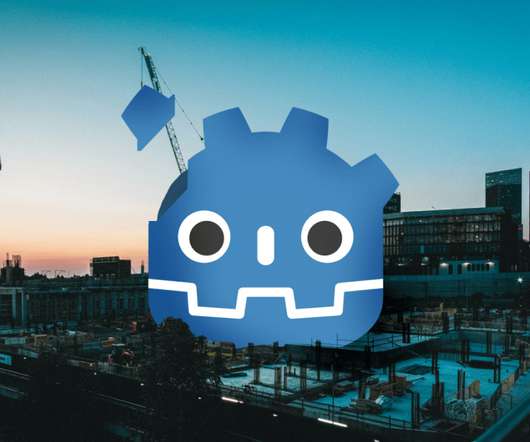
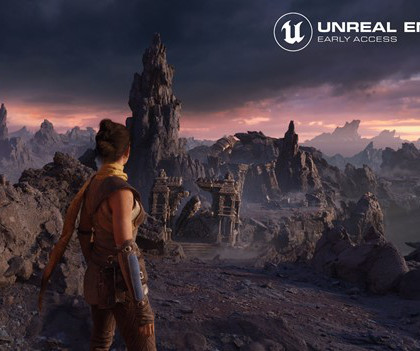
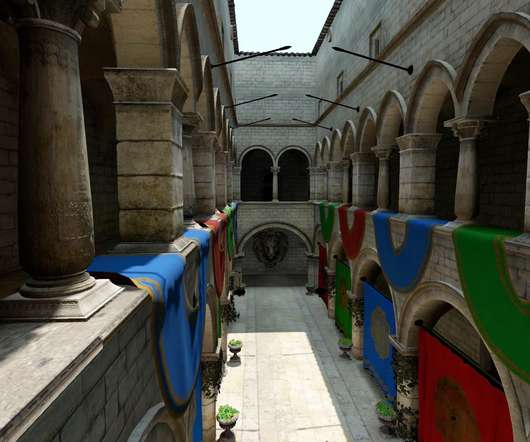
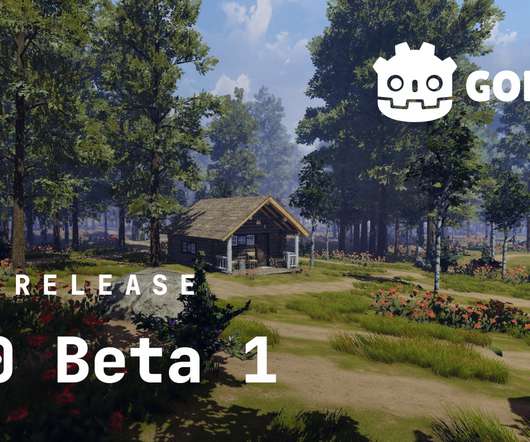
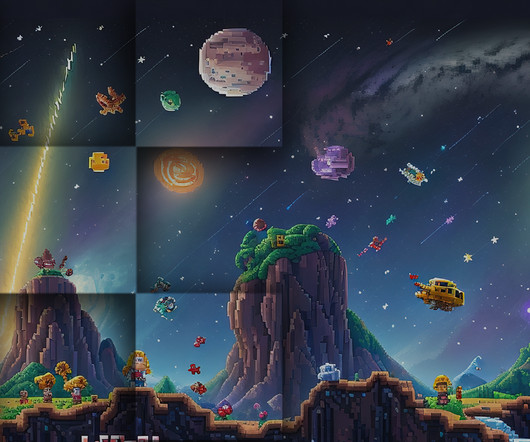






Let's personalize your content